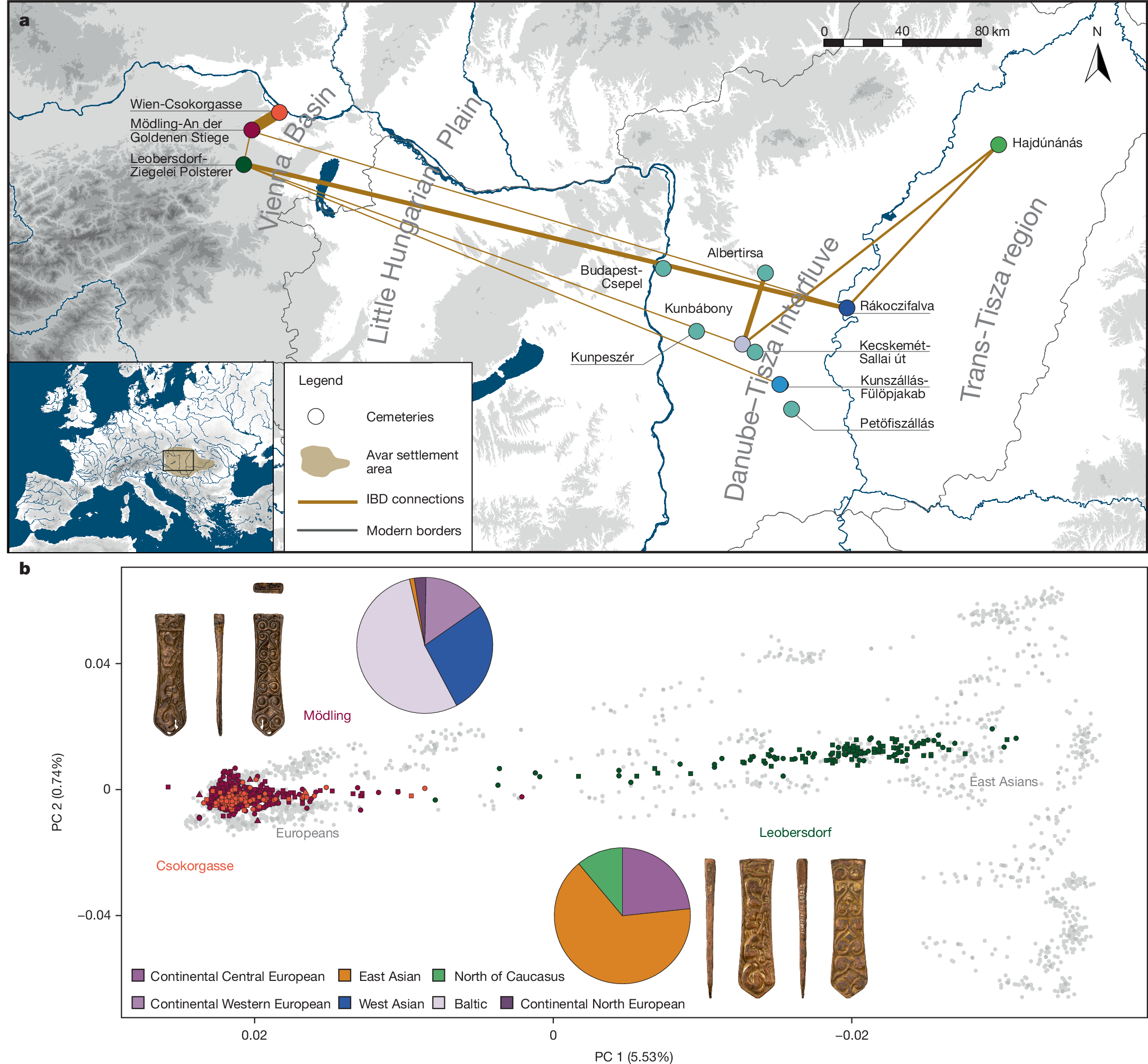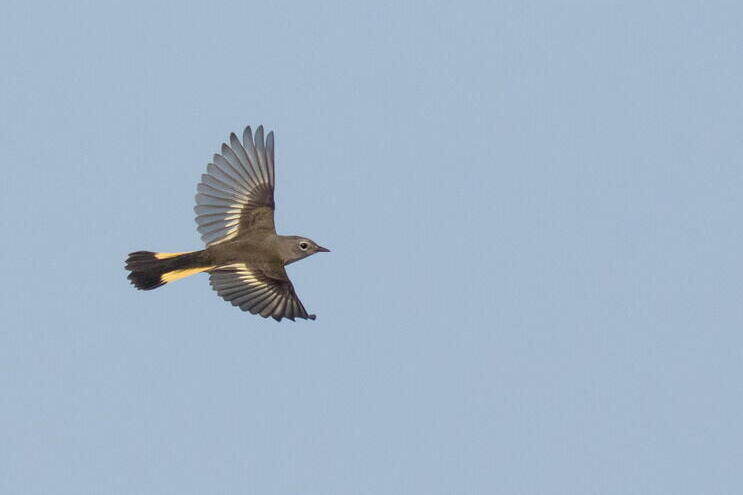2025-01-15 マックス・プランク研究所
<関連情報>
- https://www.mpg.de/23995061/0115-evan-east-asia-meets-europe-in-lower-austria-150495
- https://www.nature.com/articles/s41586-024-08418-5
古代のDNAから、アヴァール時代の文化が共有されていたにもかかわらず、生殖の壁があることが判明 Ancient DNA reveals reproductive barrier despite shared Avar-period culture
Ke Wang,Bendeguz Tobias,Doris Pany-Kucera,Margit Berner,Sabine Eggers,Guido Alberto Gnecchi-Ruscone,Denisa Zlámalová,Joscha Gretzinger,Pavlína Ingrová,Adam B. Rohrlach,Jonathan Tuke,Luca Traverso,Paul Klostermann,Robin Koger,Ronny Friedrich,Karin Wiltschke-Schrotta,Sylvia Kirchengast,Salvatore Liccardo,Sandra Wabnitz,Tivadar Vida,Patrick J. Geary,Falko Daim,Walter Pohl,Johannes Krause & Zuzana Hofmanová
Nature Published:15 January 2025
DOI:https://doi.org/10.1038/s41586-024-08418-5

Abstract
After a long-distance migration, Avars with Eastern Asian ancestry arrived in Eastern Central Europe in 567 to 568 ce and encountered groups with very different European ancestry1,2. We used ancient genome-wide data of 722 individuals and fine-grained interdisciplinary analysis of large seventh- to eighth-century ce neighbouring cemeteries south of Vienna (Austria) to address the centuries-long impact of this encounter1,2. We found that even 200 years after immigration, the ancestry at one site (Leobersdorf) remained dominantly East Asian-like, whereas the other site (Mödling) shows local, European-like ancestry. These two nearby sites show little biological relatedness, despite sharing a distinctive late-Avar culture3,4. We reconstructed six-generation pedigrees at both sites including up to 450 closely related individuals, allowing per-generation demographic profiling of the communities. Despite different ancestry, these pedigrees together with large networks of distant relatedness show absence of consanguinity, patrilineal pattern with female exogamy, multiple reproductive partnerships (for example, levirate) and direct correlation of biological connectivity with archaeological markers of social status. The generation-long genetic barrier was maintained by systematically choosing partners with similar ancestry from other sites in the Avar realm. Leobersdorf had more biological connections with the Avar heartlands than with Mödling, which is instead linked to another site from the Vienna Basin with European-like ancestry. Mobility between sites was mostly due to female exogamy pointing to different marriage networks as the main driver of the maintenance of the genetic barrier.

